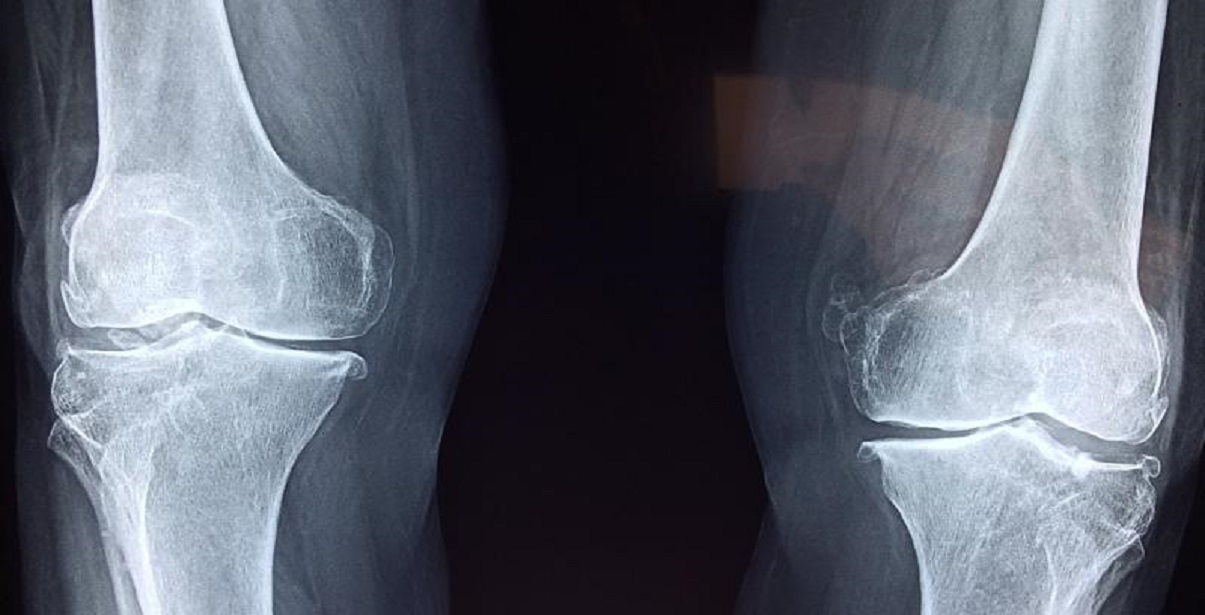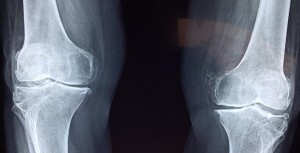
 Berlin: Exposure to even low doses of ionizing radiation, such as X-rays, may increase the risk of cardiovascular disease, a study notes.
Berlin: Exposure to even low doses of ionizing radiation, such as X-rays, may increase the risk of cardiovascular disease, a study notes.
It is known that populations exposed to ionizing radiation in medical or environmental settings have symptoms that suggest an increased risk of cardiovascular disease.
However, the study suggests that low dose exposure of about 0.5 grams (Gy) – the equivalent of repeated CT – is associated with a significantly increased risk of cardiovascular damage, up to decades after exposure.
This raises questions about the nature of the long-term alterations in the vascular system of the heart caused by such doses.
Soile Tapio and Omid Azimzadeh of Helmholtz Zentrum Munchen in Germany and colleagues studied how endothelial cells in human coronary arteries respond to a relatively low dose of 0.5 Gy and found several permanent alterations in cells that had the potential of Adversely affect its essential functions.
It was found that endothelial cells, which form the inner layer of blood vessels, produce reduced amounts of nitric oxide, an essential molecule in several physiological processes including vascular contraction.
Previously, high-dose radiation (16 Gy) has been shown to persistently reduce nitric oxide levels in the serum of mice, but this is the first study to indicate alteration of nitric oxide signaling at much lower doses .
Cells damaged by low-dose radiation also produced increasing amounts of reactive oxygen species (ROS), which form as a natural byproduct of normal oxygen metabolism and play an important role in cell signaling. Increased ROS can damage DNA and proteins.
In addition, it was found that exposed cardiac endothelial cells had a reduced ability to degrade oxidized proteins and to age prematurely.
Such harmful changes did not occur immediately (ie within a day) but first began in the longer term (one to two weeks).
Since these cells do not divide rapidly into the body, this time observed in cell culture would correspond to several years in the living organism, the researchers said.
All of these molecular changes are indicative of long-term premature dysfunction and suggest a mechanical explanation of epidemiological data showing an increased risk of cardiovascular disease following exposure to low-dose radiation, they said.




